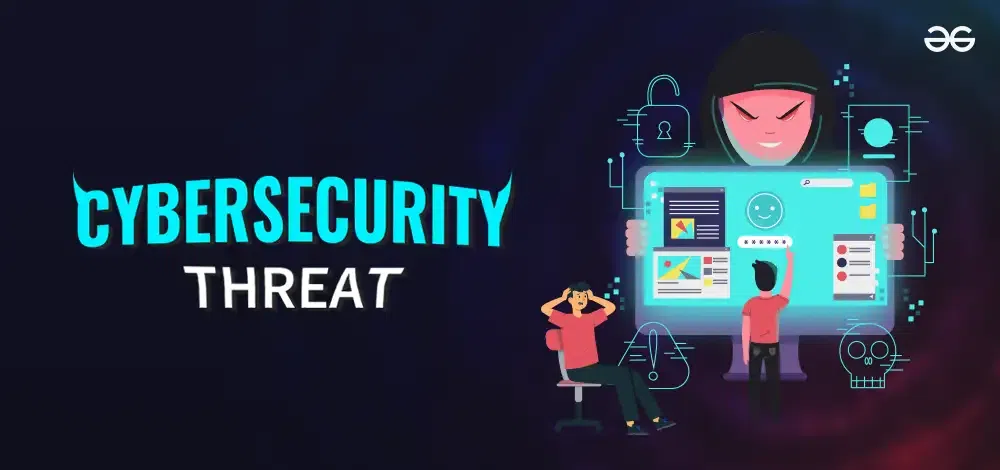As technology evolves, cybercriminals continuously refine their tactics. The cybersecurity landscape in 2025 will present even more sophisticated and widespread threats. Therefore, understanding the emerging dangers is essential for staying protected. Here are the top 10 cybersecurity challenges to watch out for:
1. Ransomware Attacks
Ransomware will continue to dominate the threat landscape in 2025. In fact, with the rise of Ransomware-as-a-Service (RaaS), even less technically skilled hackers will be able to launch devastating attacks. These criminals will lock users out of their systems or encrypt crucial files, demanding a ransom to restore access. As a result, businesses, governments, and individuals will remain prime targets, highlighting the increasing risks to data security.
2. AI-Powered Cyberattacks
In the near future, artificial intelligence will enhance cyberattacks, making them more sophisticated and precise. With deep learning and machine learning, hackers will be able to automate their attacks, allowing for personalized strategies that bypass traditional security defenses. As a result, AI-driven malware will evolve in real time, adapting to avoid detection. Consequently, defending against these adaptive threats will require new methods of counteraction.
3. Internet of Things (IoT) Vulnerabilities
As the number of IoT devices grows, so do the security risks. Many of these devices, such as smart home products, wearable tech, and connected vehicles, lack robust security measures, which makes them prime targets for cybercriminals. Because of these vulnerabilities, hackers can access sensitive data or even control devices for large-scale botnet attacks. Therefore, the risk of attacks leveraging compromised IoT networks will continue to rise.
4. Phishing and Spear Phishing
Phishing attacks will grow more sophisticated and personalized in 2025. Cybercriminals will increasingly rely on social engineering tactics to manipulate individuals into revealing sensitive information. For example, spear phishing will be particularly effective as attackers use advanced techniques to craft convincing, tailored messages. As a result, these attacks will lead to major data breaches or malware infections. Therefore, users will need to stay extra vigilant in identifying suspicious messages.
5. Data Breaches and Insider Threats
Data breaches will remain a top concern for businesses in 2025. As companies store more sensitive information, cybercriminals will continue targeting weak security practices. However, insider threats will also be a major issue. Employees or contractors with legitimate access to systems may unintentionally or maliciously compromise data security. To address this, companies must implement stronger access controls and ongoing employee training to minimize the risk.
6. Supply Chain Attacks
Cybercriminals will increasingly target third-party vendors to infiltrate larger organizations. In fact, supply chain attacks will grow more sophisticated, with hackers injecting malicious code into software updates or compromising hardware during manufacturing. These attacks have proven to be highly damaging, as demonstrated by the SolarWinds breach. Consequently, organizations will need to strengthen their third-party risk management strategies to protect against this growing threat.
7. Quantum Computing Threats
While quantum computing holds significant promise for various fields, it will also introduce new cybersecurity risks. By 2025, quantum computers may be capable of breaking existing encryption methods, rendering traditional security protocols obsolete. Researchers are working on developing quantum-resistant encryption algorithms, but they have not yet been widely adopted. Therefore, organizations must begin preparing for the eventual arrival of quantum-powered cyberattacks.
8. Deepfakes and Synthetic Media
Deepfake technology will become increasingly realistic by 2025. Cybercriminals will use deepfakes to impersonate individuals, commit fraud, or spread misinformation. As these AI-generated videos and audio clips become harder to detect, they will present significant challenges for security professionals. To combat this, organizations must invest in deepfake detection tools and provide training to help employees and users recognize synthetic media.
9. Cryptojacking and Cryptocurrency Theft
As cryptocurrencies continue to gain popularity, cybercriminals will find new ways to exploit them. For example, cryptojacking, where hackers hijack users’ computing power to mine cryptocurrency without their consent, will become more prevalent. Additionally, cryptocurrency exchanges and wallets will remain attractive targets for theft. To mitigate these risks, users must implement stronger security measures and ensure they use reputable exchanges.
10. Social Engineering and Human Error
Despite technological advancements, human error will remain a significant threat. Social engineering tactics will continue to be a common method for hackers to manipulate individuals into breaking security protocols. In fact, by 2025, attackers will rely more on psychological manipulation to gain unauthorized access to systems. As a result, organizations must provide regular security awareness training and implement multi-factor authentication (MFA) to reduce these risks.
Conclusion
Cybersecurity in 2025 will be marked by increasingly sophisticated threats. From AI-driven attacks to quantum computing challenges, defending against these risks will require advanced strategies and constant vigilance. Therefore, organizations must adopt cutting-edge security technologies, strengthen employee training, and regularly update their security protocols. By addressing these top 10 threats, both individuals and businesses can better protect themselves from the evolving landscape of cybercrime.




